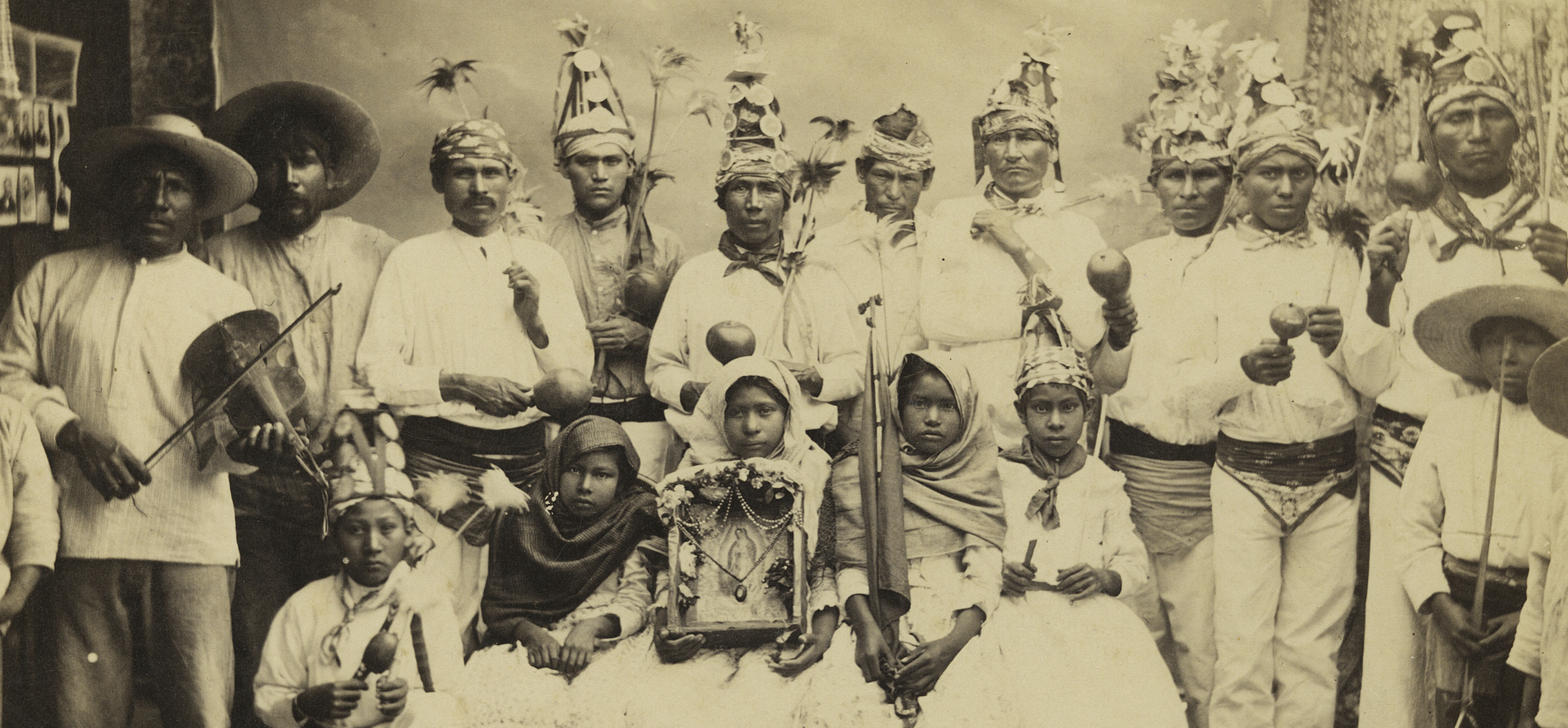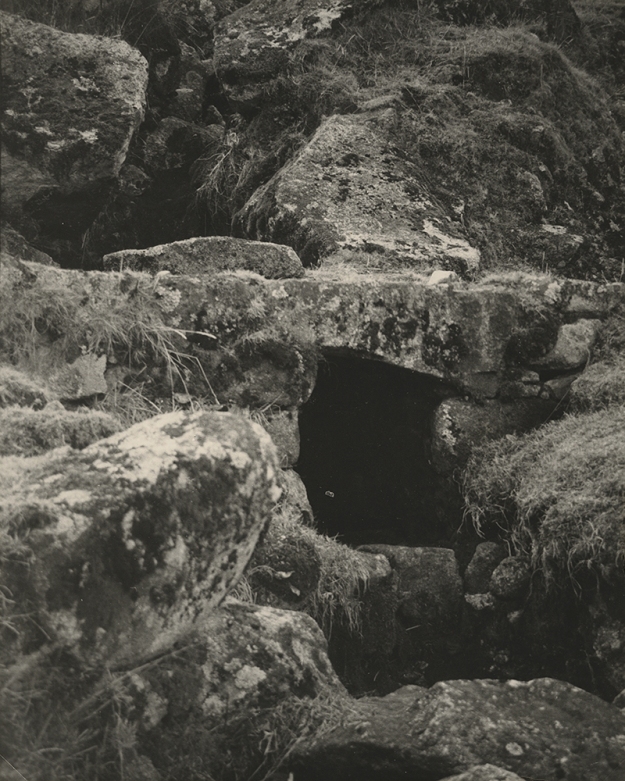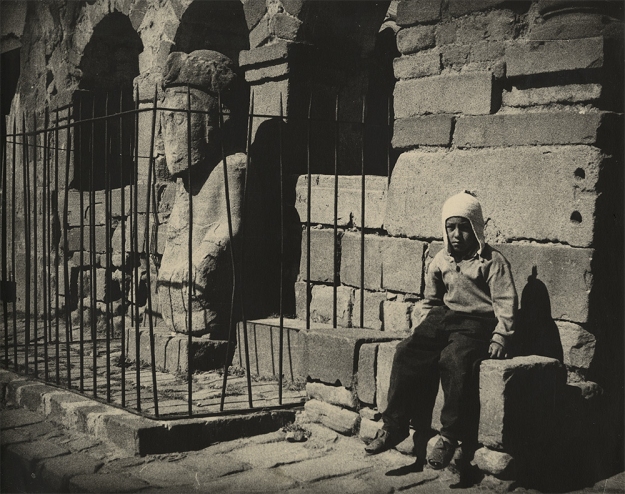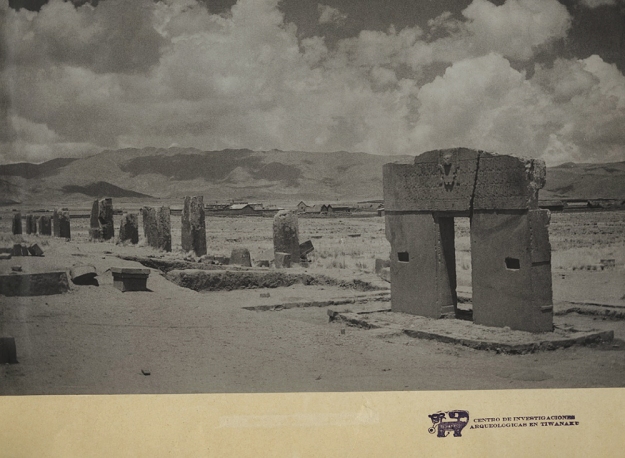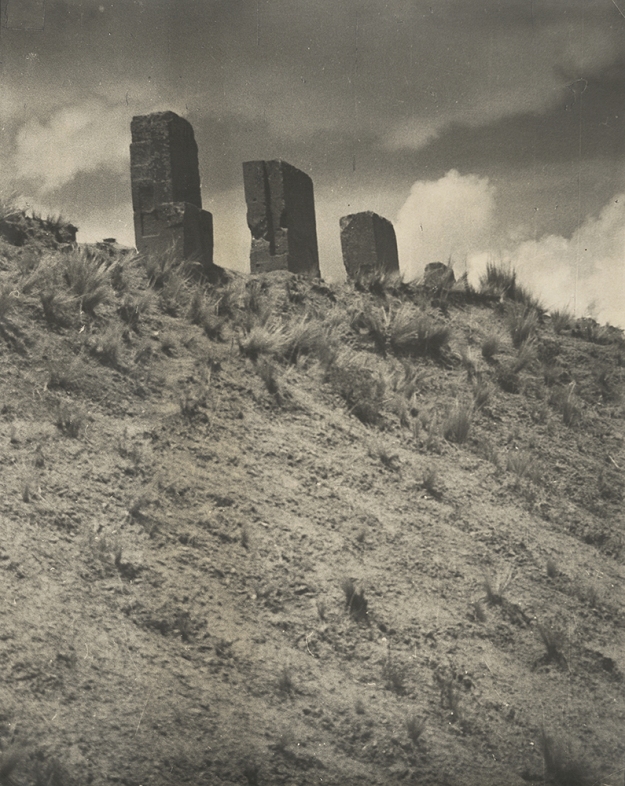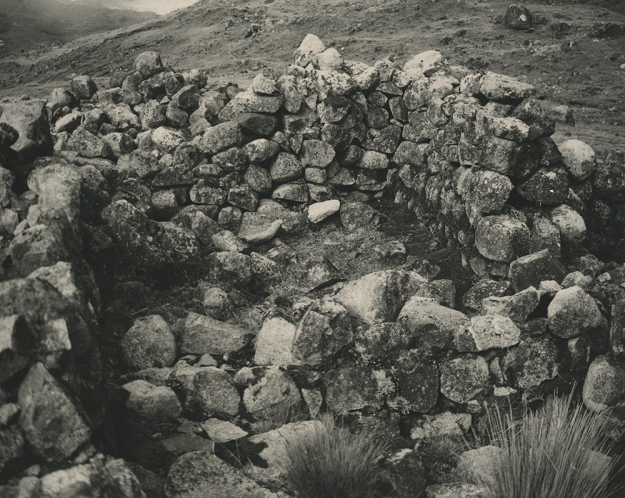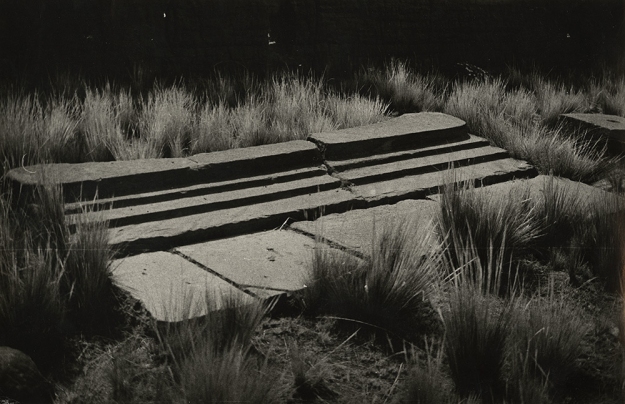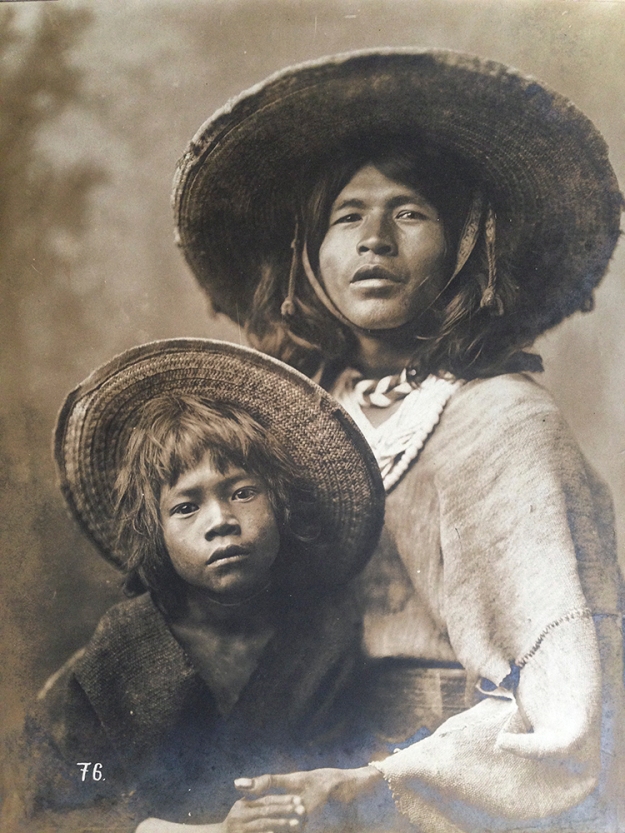
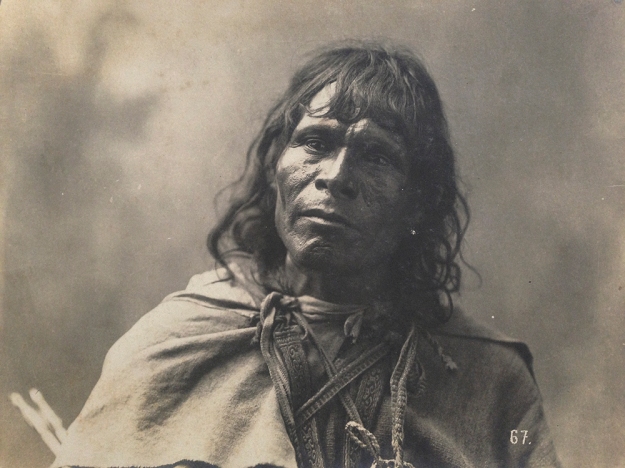
La semana pasada adquirimos un álbum de José María Lupercio con 34 fotografías de época de gelatina de plata. El álbum incluye 7 imágenes de tipos y otras escenas populares Mexicanas datadas de 1901.
Casi todas las fotografías encontradas en museos o expuestas recientemente son impresiones hechas a partir de los negativos, pero fotografías antiguas como éstas son poco comunes y por eso su importancia.
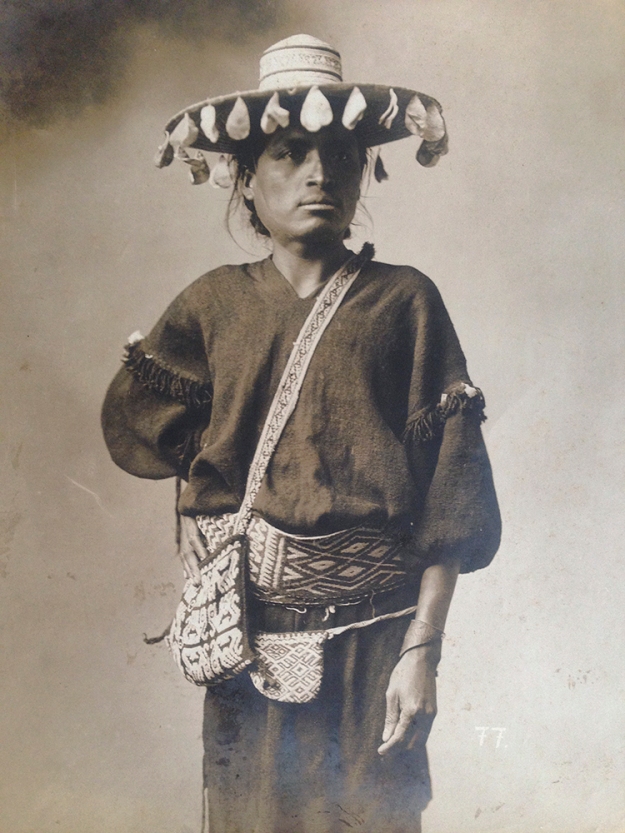
José María Lupercio, fotógrafo jalisciense de gran trayectoria e impacto en la fotografía nacional mexicana, nació en la ciudad de Guadalajara en el año de 1870. Sus primeros estudios fueron de pintura, realizados en el taller de Félix Bernardelli, donde conocería a Gerardo Murillo (mejor conocido por Dr. Atl), Rafael Ponce de León y Jorge Enciso. Sin embargo, paulatinamente se ocupó del oficio de fotógrafo, sobre todo a raíz de hacerse cargo del taller fotográfico de Octaviano de la Mora. Tiempo después, Lupercio emigró a la ciudad de México, en donde fue designado fotógrafo del Museo Nacional, cargo que desempeñó hasta su muerte ocurrida en 1927.
Lupercio dejó un amplio acervo de imágenes de mucha importancia, tanto por su aportación estética a la disciplina, como por su valor documental y patrimonial. Se cree que estas fotografías fueron tomadas en Guadalajara antes de 1902, fecha en la que José María Lupercio emigró a la ciudad de México.
Aquí compartimos con ustedes varias de nuestras imágenes favoritas para que las puedan disfrutar.
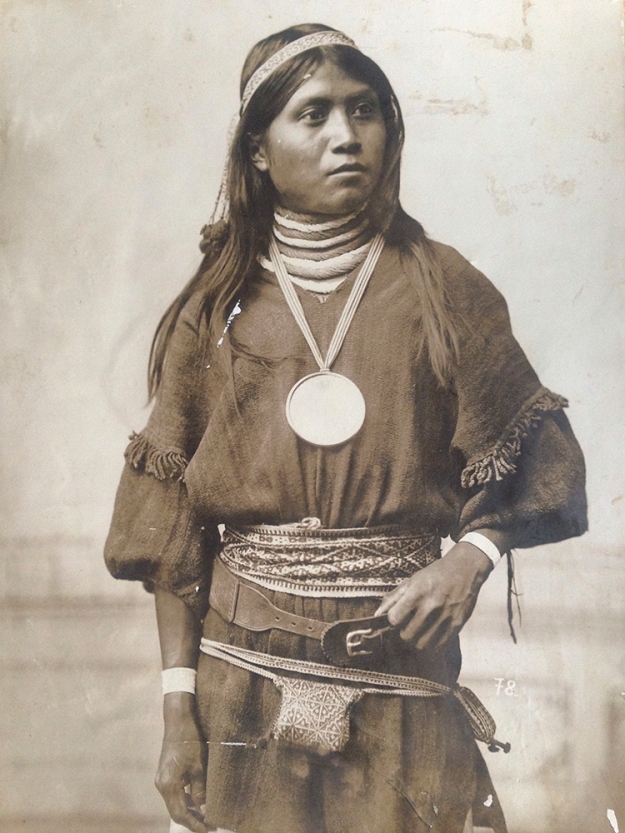

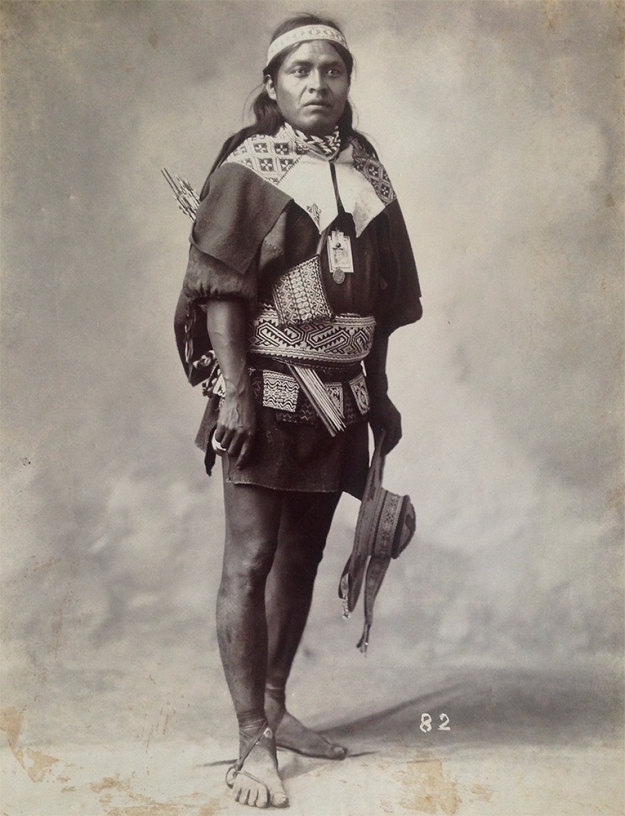
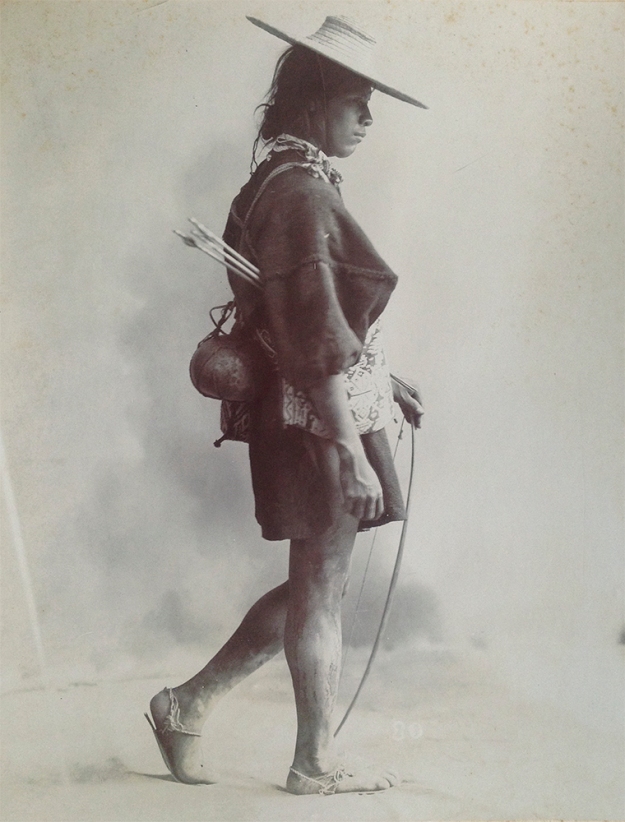
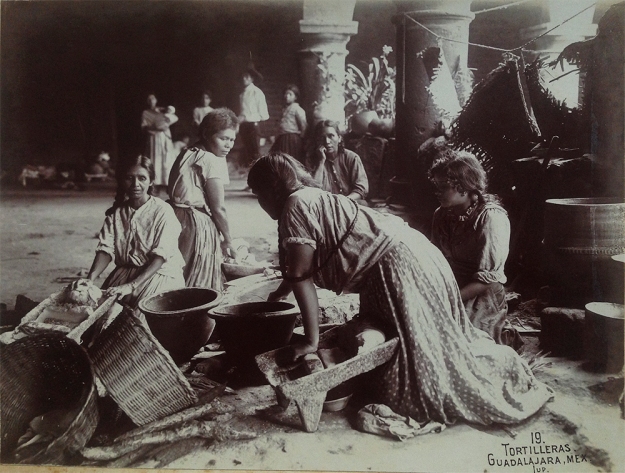


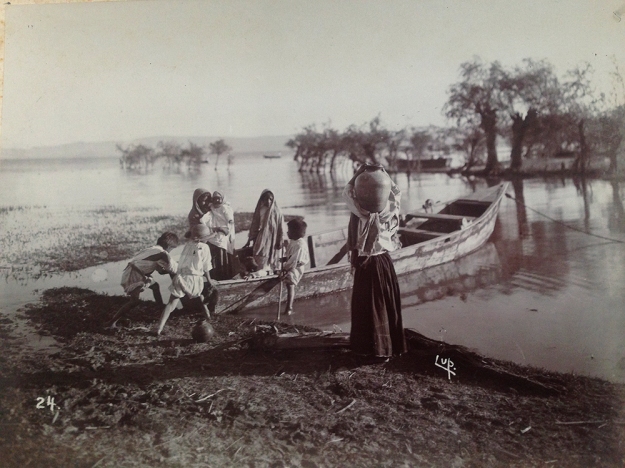
Literatura:
Olivier Debroise
Fuga Mexicana.
Consejo Nacional para la Cultura y las Artes.
Mexico, 1994.
———-
Emma Cecilia García Krinsky
Imaginarios y fotografía en México, 1839-1970.
Consejo Nacional para la Cultura y las Artes
Mexico, 2005
